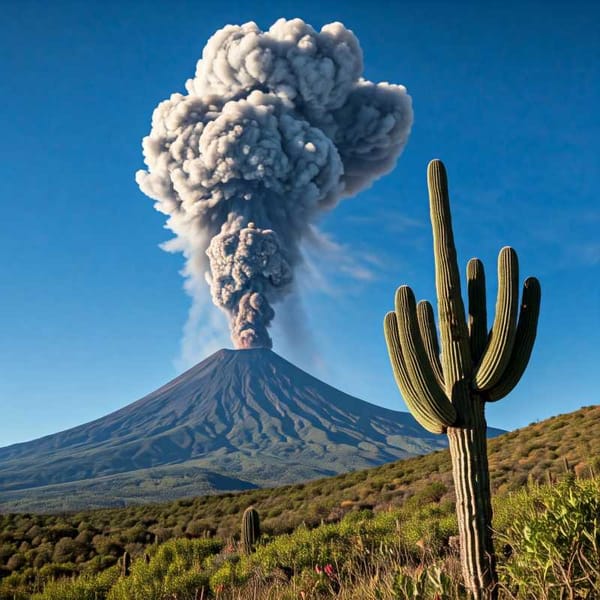How Syrah Shapeshifts Across the Globe
Syrah, once obscure, rose to fame thanks to quality and value. Explore its journey from bold Rhone wines to elegant expressions and global variations. Learn more about the science of terroir and discover how Syrah's character changes with climate and aging.

There's a certain mystique surrounding Syrah, a grape varietal that has exploded in popularity in recent decades. While it might be a familiar face on the supermarket shelf now, it wasn't always so. Once a bit player in the world of wine, Syrah's rise to fame can be attributed to a confluence of factors, not least of all the influential palate of Robert Parker. Remember the stratospheric rise of Bordeaux in the late 80s and early 90s? Syrah swooped in, a value competitor offering exceptional quality from the sun-drenched slopes of the Rhône Valley.
Fast-forward to today, and top-tier Syrah from Hermitage can rival the price tag of a Grand Cru Burgundy. Not bad for a grape that was a complete enigma to most wine drinkers just a few generations ago. But where did this captivating grape come from? The answer, like many things in the world of wine, is shrouded in a bit of mystery. Theories abound, but DNA analysis points to the Northern Rhône as the birthplace of Syrah, with Dureza and Mondeuse Blanche as its fascinatingly obscure parents.




